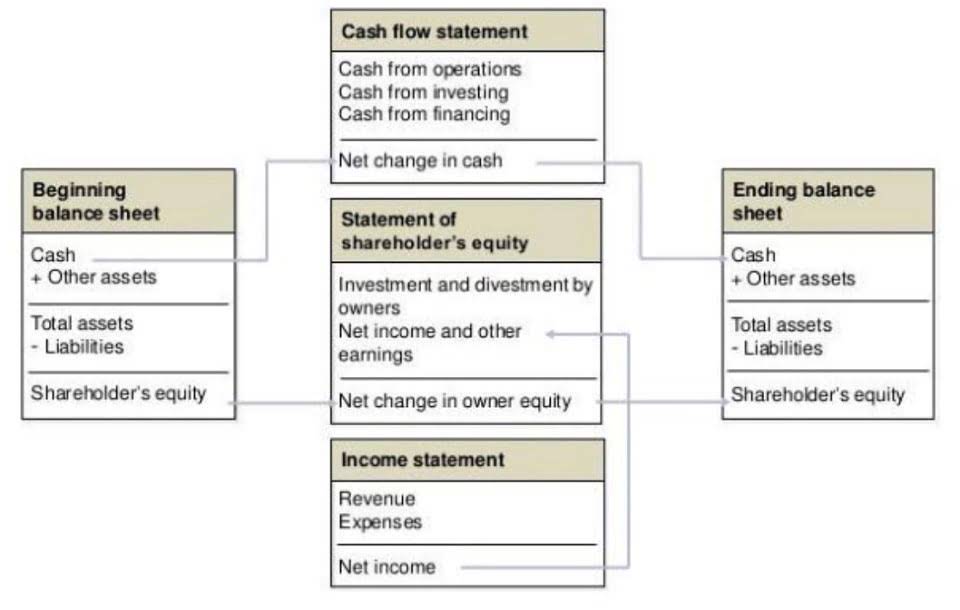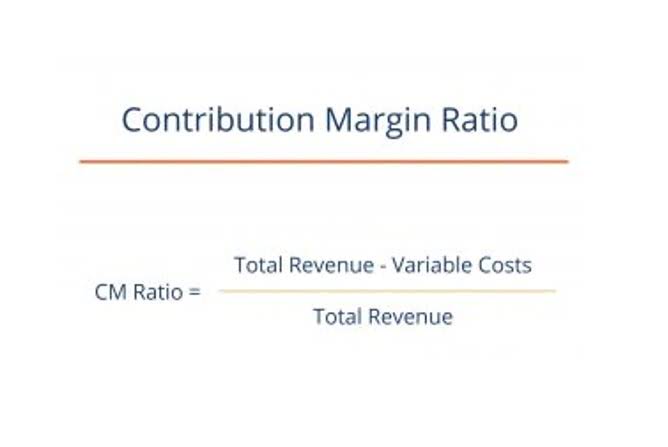12 5 Consolidated financial statements accounting policies and periods
An investor is exposed, or has rights, to variable returns from its involvement with the investee when the investor’s returns from its involvement have the potential to vary as a result of the investee’s performance. The investor’s returns can be only positive, only negative or both positive and negative. The query relates to protective rights and the effect of those rights on the power over the investee. Paragraphs http://fashionlib.ru/news/item/f00/s01/n0000199/index.shtml B14–B18 of IFRS 3 (as revised in 2008) provide additional guidance for identifying the acquirer if the guidance in IFRS 10 does not clearly indicate which combining entity is the acquirer. Consolidating financial statements is possible through manual methods, but its difficult to manage and strategically detrimental in the fast-paced and technology-driven business environment companies operate in today.
Batch #14 of extracts from the ESMA database of IFRS decisions
Accordingly, the Interpretations Committee noted that the conclusion about which party controlled the investee would need to be reassessed after the breach occurred. It also noted that the reassessment may or may not result in a change to the outcome of the assessment of control, depending on the individual facts and circumstances. The process of building your http://sewkif.ru/?p=592 doesnt have to be tedious or stressful. If you werent already convinced that its time to ditch manual processes, using software to consolidate financial statements delivers additional benefits that make for more transparent, accountable, efficient and accurate financial reporting.
IFRIC 5 — Rights to Interests Arising from Decommissioning, Restoration and Environmental Rehabilitation Funds
It is necessary to distinguish between having the current ability to make decisions that significantly affect the franchisee’s returns and having the ability to make decisions that protect the franchise brand. The franchisor does not have power over the franchisee if other parties have existing rights that give them the current ability to direct the relevant activities of the franchisee. Some investment entities establish wholly-owned intermediate subsidiaries in some jurisdictions, which own all or part of the portfolio of investments in the group structure. The sole purpose of the intermediate subsidiaries is to minimise the tax paid by investors in the ‘parent’ investment entity. There is no activity within the subsidiaries and the tax advantage comes about because of returns being channelled through the jurisdiction of the intermediate subsidiary. The submitter asked whether the ‘tax optimisation’ described should be considered investment-related services or activities.
Need to know — IASB issues amendments to IFRS Accounting Standards as part of its annual improvements process
- Control requires exposure or rights to variable returns and the ability to affect those returns through power over an investee.
- It is important to understand how each calculation fits into the consolidated financial statements, and this will also benefit your future studies when you revisit consolidation in your later FR and SBR studies.
- Unless it is impossible, the parent and subsidiaries must use the same reporting dates or consolidate depending on extra financial data generated by a subsidiary.
- Consolidated financial statements are financial statements of an entity with multiple divisions or subsidiaries.
An entity shall apply those amendments for annual periods beginning on or after 1 January 2014. If an entity applies those amendments earlier, it shall disclose that fact and apply all amendments included in Investment Entities at the same time. However, an entity may still qualify as an investment entity even though its investors are related to the entity. For example, an investment entity may set up a separate ‘parallel’ fund for a group of its employees (such as key management personnel) or other related party investor(s), which mirrors the investments of the entity’s main investment fund.
An investor shall reassess whether it controls an investee if facts and circumstances indicate that there are changes to one or more of the three elements of control listed in paragraph 7. Consideration of the rights held by other parties shall include an assessment of any rights exercisable by an investee’s board of directors (or other governing body) and their effect on the decision‑making authority (see paragraph B23(b)). A majority of the members of the governing body that directs the relevant activities are appointed by a vote of the holder of the majority of the voting rights.
The Interpretations Committee noted that one of the characteristics of ‘tax optimisation’ subsidiaries described in the submission is “that there is no activity within the subsidiary”. Accordingly, the Interpretations Committee considers that the parent should not consolidate such subsidiaries, because they do not provide investment-related services or activities, and do not meet the requirements to be consolidated in accordance with paragraph 32 of IFRS 10. The Interpretations Committee noted that, according to paragraph BC272 of IFRS 10, the IASB thinks that fair value measurement of all of an https://roofgoods.ru/1438-mednaya-krovlya-dolgovechnaya-investitsiya-v-vash-dom.html investment entity’s subsidiaries would provide the most useful information, except for subsidiaries providing investment-related services or activities. In addition, the Interpretations Committee noted that the IASB had considered requiring an investment entity to consolidate investment entity subsidiaries that are formed for tax purposes, but had decided against this. Derecognises the assets and liabilities of the former subsidiary from the consolidated statement of financial position. The IFRIC noted that the amended IAS 27 requires transactions with NCI to be treated as equity transactions.
Majority of voting rights
- The remaining voting rights are held by thousands of shareholders, none individually holding more than 1 per cent of the voting rights.
- The criteria for filing a consolidated financial statement with subsidiaries is primarily based on the amount of ownership the parent company has in the subsidiary.
- This situation commonly arises when evaluating control over entities encountering financial difficulties and entering bankruptcy proceedings.
- Therefore, having a large exposure to variability of returns is an indicator that the investor may have power.
- The objective of this IFRS is to establish principles for the presentation and preparation of consolidated financial statements when an entity controls one or more other entities.
Typically, an investment entity has several investors that are not related parties (as defined in IAS 24) of the entity or other members of the group containing the entity. Having unrelated investors would make it less likely that the entity, or other members of the group containing the entity, would obtain benefits other than capital appreciation or investment income (see paragraph B85I). An entity shall consider all facts and circumstances when assessing whether it is an investment entity, including its purpose and design. An entity that possesses the three elements of the definition of an investment entity set out in paragraph 27 is an investment entity. When the purpose and design of the investee are considered, it is determined that the only relevant activity is managing the receivables upon default.
The investment objective communicated to investors is that the sole purpose of the Master-Feeder structure is to provide investment opportunities for investors in separate market niches to invest in a large pool of assets. Master Fund has identified and documented exit strategies for the equity and non-financial investments that it holds. Master Fund holds a portfolio of short‑ and medium‑term debt investments, some of which will be held until maturity and some of which will be traded but Master Fund has not specifically identified which investments will be held and which will be traded. Master Fund measures and evaluates substantially all of its investments, including its debt investments, on a fair value basis.
Once a heavily manual and time-consuming process, financial consolidation was no easy undertaking for finance teams. Manual consolidation requires significant time spent gathering data and not enough analyzing it not to mention processes are more disjointed, data inaccuracies are higher and statement version control is more difficult. Significant influence is the power to participate in the financial and operating policy decisions of the investee but is not control or joint control over those policies. If we consider each component in turn, the first thing to identify is how much the parent company has paid to acquire control over the subsidiary. In the past, under IFRS and certain local GAAPs, prominent exemptions from consolidation were related to subsidiaries when control was temporary, the subsidiary’s activities differed significantly from the parent, or there were long-term restrictions on the transfer of funds to the parent. Following the acquisition of the Target Company (TC), Acquirer Company (AC) recognised $16.8m of non-controlling interest (NCI).












